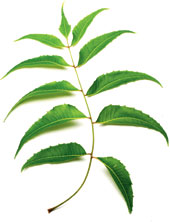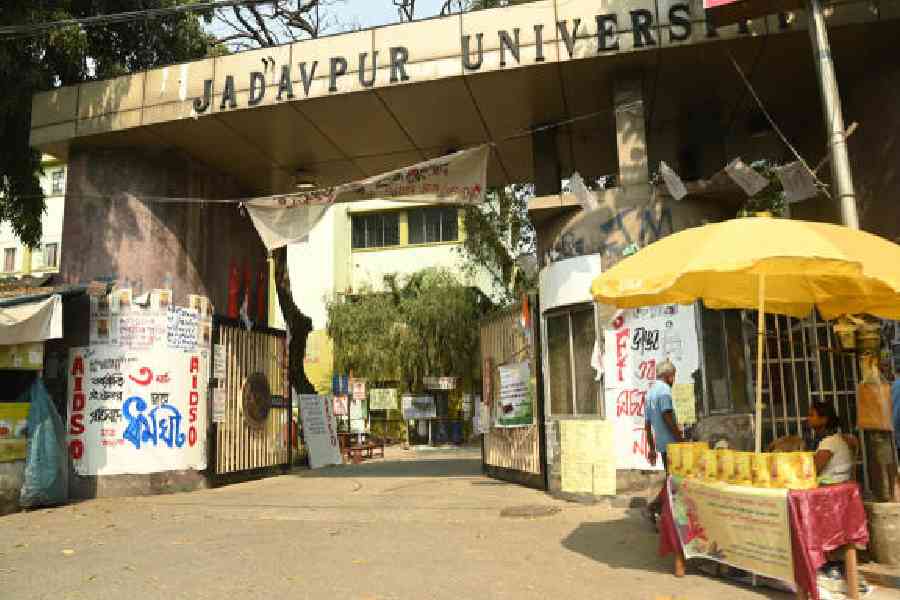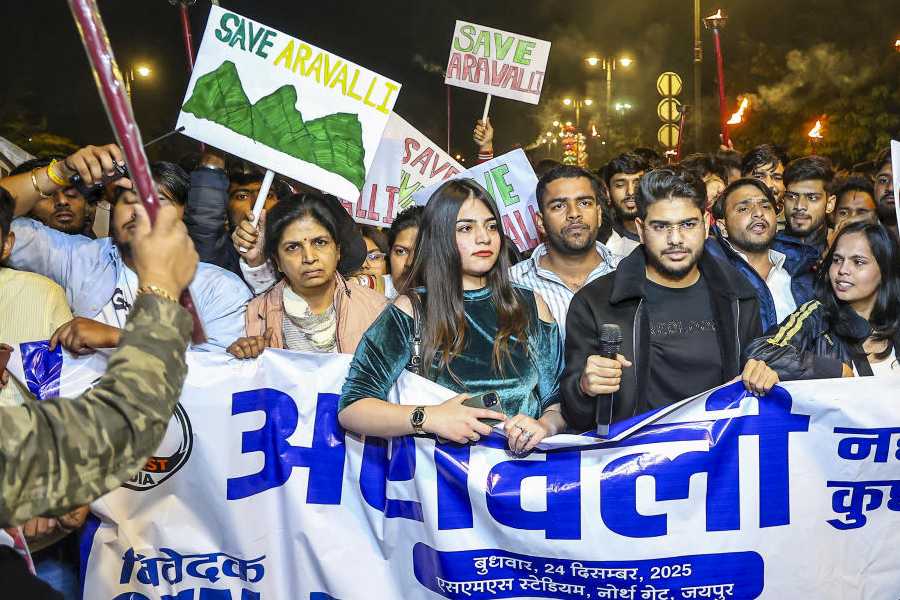 |
Taking a leaf out of ancient Indian wisdom and putting it through the rigorous processes of modern scientific practice can pay rich dividends. A team of cancer researchers from the Chittaranjan National Cancer Institute (CNCI) in Calcutta discovered this when they concentrated their energies on neem, an Indian tree known for its medicinal properties.
The CNCI scientists, led by Rathindranath Baral, took a major stride towards developing a potential anticancer drug when they isolated from neem leaves a compound which can buck up the immune system’s fight against the rogue cells.
After seven years of painstaking research and over two dozen publications, the scientists are now close to testing it on human beings. “Unlike chemotherapy drugs, this compound does not kill tumours but helps increase the proliferation of immune cells that attack cancer cells,” says Baral who has guided as many as 20 doctorate students on different aspects of the compound over the years. “The Neem Leaf Glycoprotein (NLGP) is found to restrict the growth of cancer,” Baral adds.
In a paper published in Human Immunology journal last week, the scientists disclosed the results of a study they conducted on cancer cells extracted from 17 patients suffering from severe cervical cancer. The study helped them unravel the mechanism the neem extract uses to check cancer growth.
“The results we have received so far are really encouraging,” says CNCI director and surgical oncologist Jaydip Biswas, who is also associated with the research. “More important, the compound was found to be absolutely safe when we tested it on animal models,” he says.
Some earlier scientific studies had indicated that neem could affect the reproductive system adversely. “Our studies have ruled that out completely,” Baral says.
The immune system is normally very powerful and is capable of warding off diseases, including cancers. But when cancer occurs, a biochemical cycle is set in motion, allowing cancer cells to multiply unabated. The cycle makes sure that the immune cells are deprived of a key amino acid called tryptophan. Tryptophan, absorbed from the cereals, legumes, fruits and meat that we eat, is not only essential for normal growth, but vital for the cells to maintain their viability.
T-cells, the body’s first line of defence against hostile invaders, depend on it for their immune response. If they don’t get enough tryptophan, the T-cells die and the invaders remain undetected.
On the other hand, in cancer cells tryptophan undergoes a cascade of chemical transformations, because of the handiwork of an enzyme called IDO. “IDO depletes tryptophan and thus starves T-cells of tryptophan,” says Anamika Bose, a scientist at the department of molecular medicine at the Bose Institute in Calcutta. Bose, one of the first scholars to do a PhD on NLGP activity, continues to be associated with the CNCI work.
This is where the neem compound kicks in. “The NLGP reduces the concentration of IDO and, as a result, there is an increase in the tryptophan available to T-cells. This in turn makes them efficient in attacking cancer cells,” says Bose.
This is a completely different mechanism from those in use for cancer treatment, says Biswas. “Currently there are three ways of dealing with cancer. We either surgically remove the rogue cancer cells, or destroy them using radiation or potent chemical agents,” the CNCI director points out.
When they started out in the mid-2000, the CNCI scientists hypothesised that neem leaves, which are shown to have many medicinal properties, may also have anti-cancer properties. Their subsequent studies on cancer cells cultured in the lab confirmed their hunch, prompting them to join forces with Subrata Laskar, a chemistry professor at the University of Burdwan, to identify and characterise the glycoprotein.
According to Baral, their plan now is to break down the protein further and understand which of its components is responsible for the activity. The protein has a total of three segments.
“Besides, we intend to understand whether this protein could be effective in resistant cancer cases,” says Bose. Beyond a stage, cancerous tumours grow so rapidly that they outgrow the available blood supply, leading to a situation where portions of the tumour have very low oxygen concentration. This condition, called tumour hypoxia, is serious because such cells are usually resistant to radiotherapy and chemotherapy. “We hope that NLGP can improve their responsiveness to anticancer treatment,” Baral stresses.











